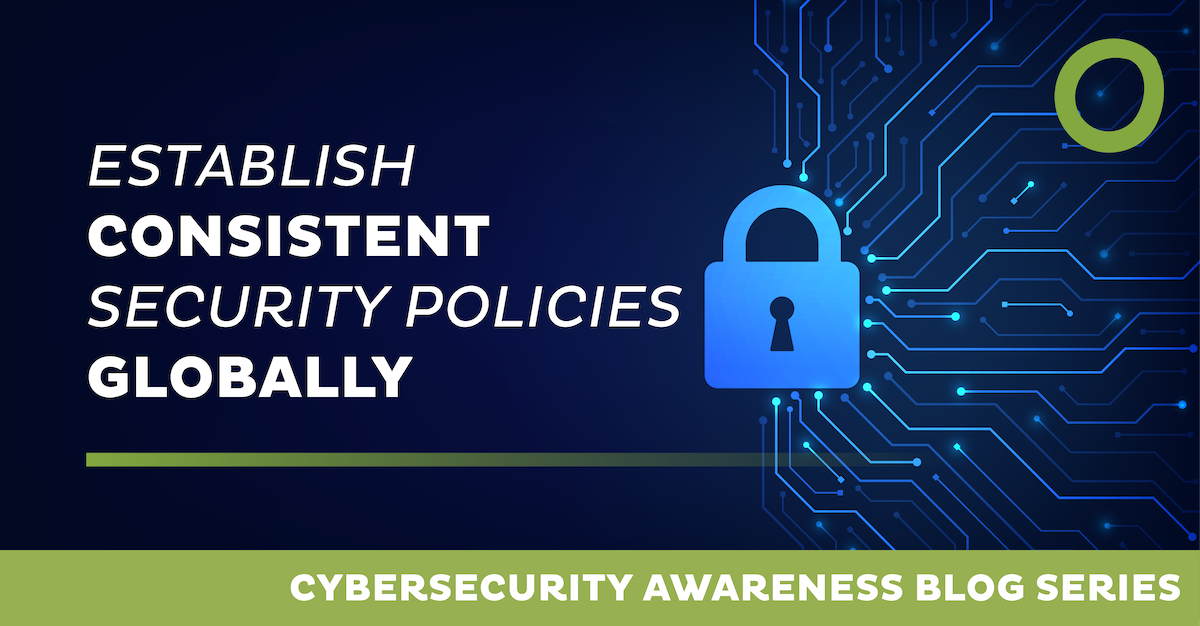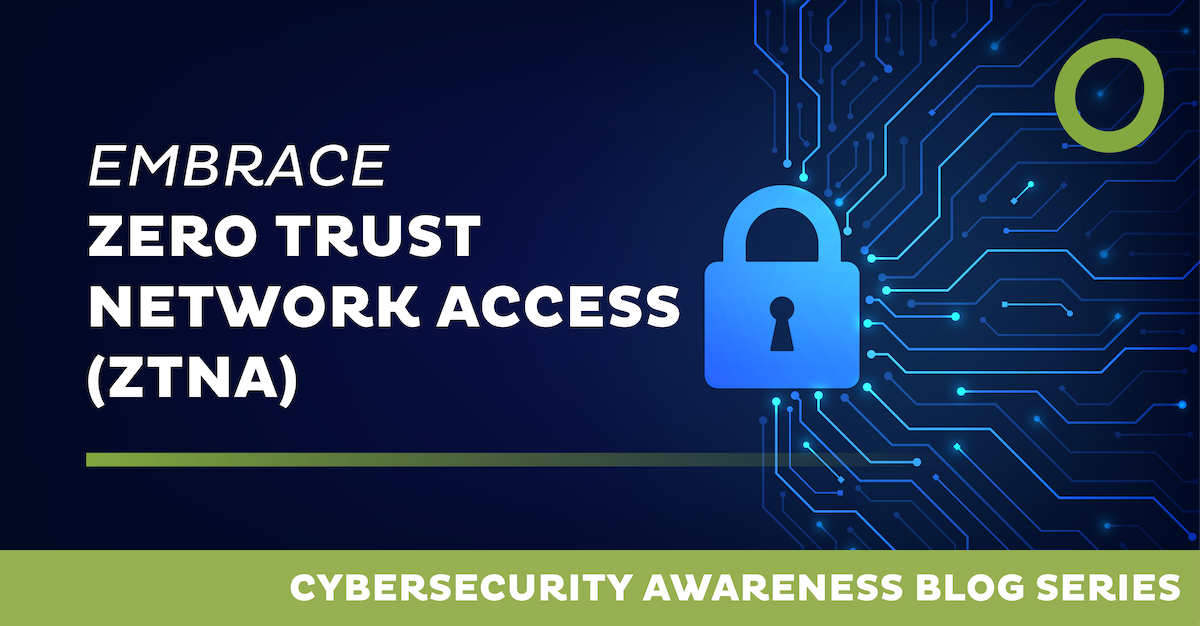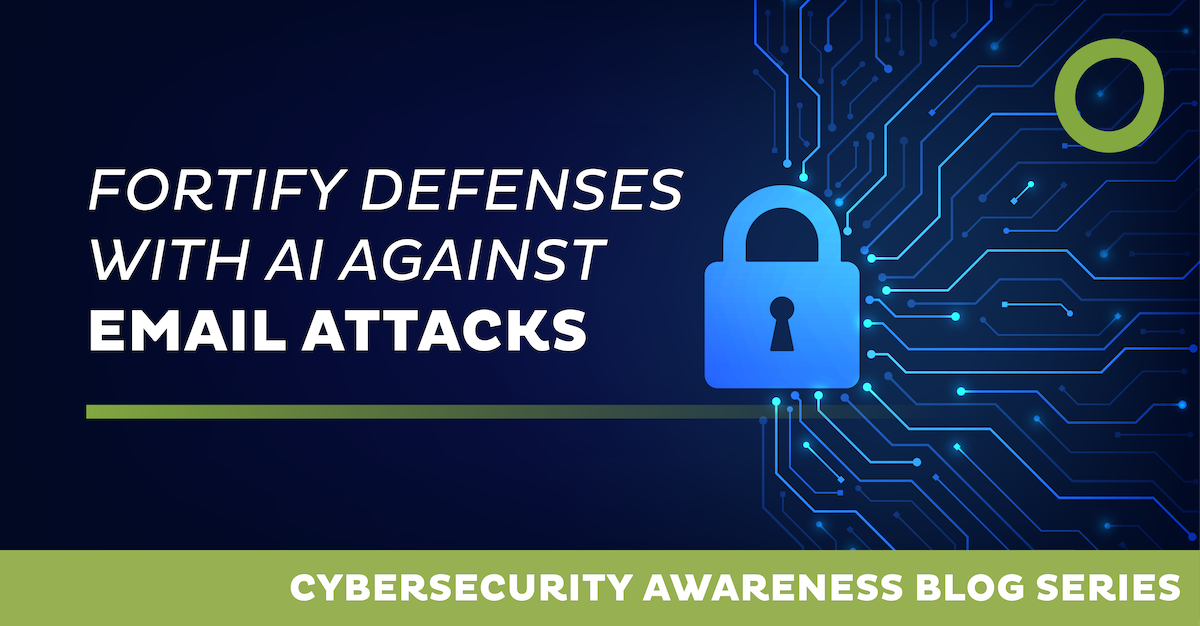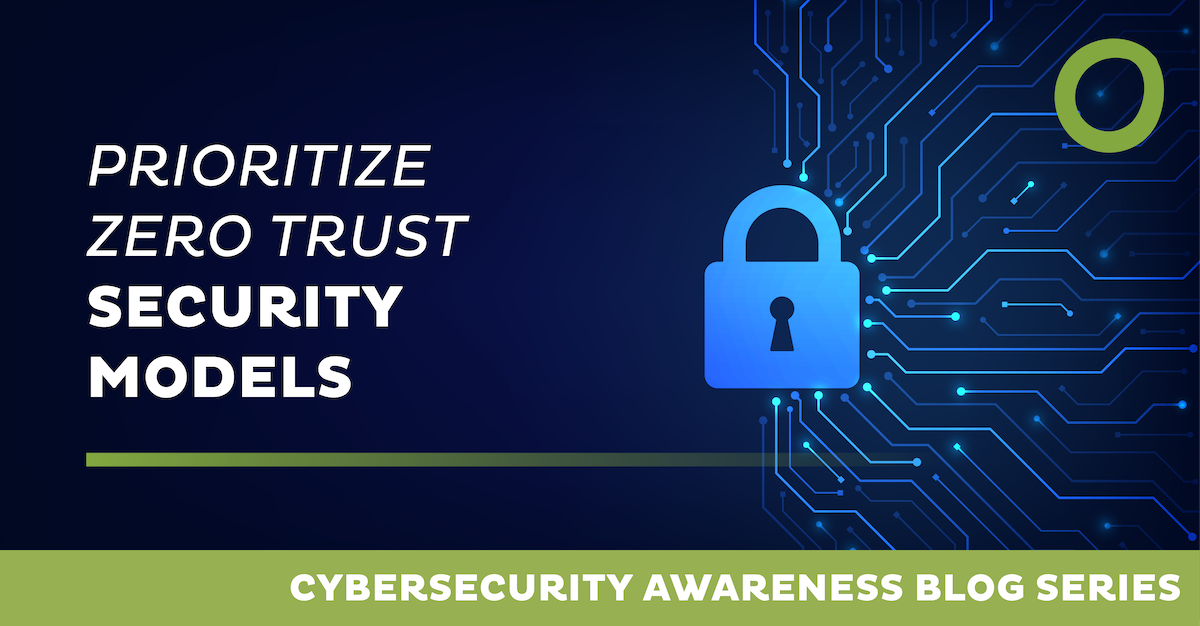
Establish Consistent Security Policies Globally


In the digital age, consistent security policies are a cornerstone of global business operations. They form the bedrock of a robust cybersecurity framework, safeguarding valuable digital assets across borders. However, implementing these policies on a global scale presents unique challenges. These range from managing diverse regulatory environments to ensuring effective incident response across different time zones.
This article aims to provide a comprehensive guide to establishing consistent security policies globally. It will delve into key aspects such as access control, encryption, and global risk management. Whether you're an IT Manager or a Cybersecurity Consultant, this article will equip you with the insights needed to navigate the complexities of global cybersecurity.
The Imperative for Global Security Policy Consistency
Consistent security policies are critical in mitigating global cybersecurity risks. They provide a unified framework for protecting data, managing access, and responding to incidents across all regions. Inconsistent policies can lead to vulnerabilities, data breaches, and loss of customer trust. They can also complicate compliance with diverse legal and regulatory environments. Therefore, achieving policy consistency should be a strategic priority for any organization operating on a global scale.
Access control is a fundamental aspect of consistent security policies. It determines who can access what data, when, and from where. This is particularly crucial in a global context, where employees in different regions may need varying levels of access. However, managing access control across diverse regions can be challenging. It requires a balance between ensuring security and enabling productivity. Therefore, a well-defined access control policy is essential for maintaining security while accommodating the needs of a global workforce.
Encryption plays a pivotal role in safeguarding data across borders. It transforms data into a format that can only be read with the correct decryption key. This ensures the confidentiality and integrity of data, even when transmitted internationally. However, encryption standards may vary across different countries. Therefore, it's crucial to understand these variations and implement encryption methods that comply with international regulations while providing robust data protection.
Global risk management is a critical component of consistent security policies. It involves identifying, assessing, and prioritizing threats that could compromise the security of an organization's digital assets. A comprehensive risk management strategy should consider both internal and external threats. It should also be adaptable to the unique risks associated with different geographical locations and regulatory environments.
Incident response is a crucial aspect of global security policies. It involves planning for and responding to security incidents to minimize their impact and prevent future occurrences. A robust incident response plan should be adaptable to various global scenarios. It should also ensure swift action across different time zones to mitigate the effects of security breaches.
Implementing consistent security policies across multinational organizations presents unique challenges. These include aligning policies with diverse legal and regulatory environments, managing remote access, and ensuring mobile device security. To overcome these challenges, IT managers must leverage technology solutions, foster cross-functional collaboration, and ensure clear communication of policies. Regular policy reviews and updates are also crucial to address the evolving digital landscape.
Consistent security policies offer strategic advantages, including simplified compliance, enhanced data protection, and improved incident response readiness. By proactively anticipating threats and implementing robust policies, organizations can mitigate global cybersecurity risks and protect their digital assets.
Leave Complexity
Behind
To learn how Open Systems SASE Experience can benefit your organization, talk to a specialist today.
Contact Us


